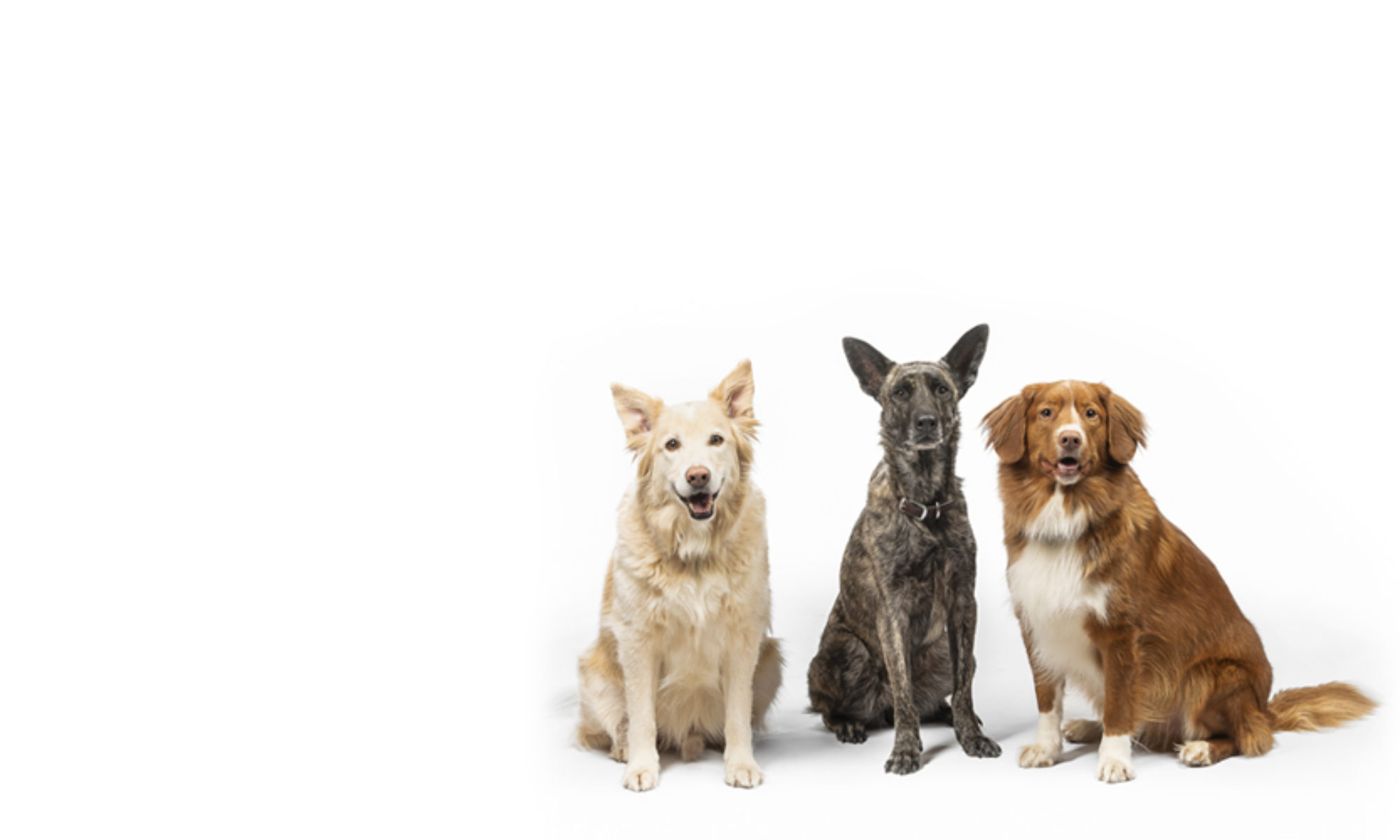If you had to imagine your dog’s ability STAY in one spot, in a distracting environment while you moved a distance of 5 meters from them, what would be the outcome?
Would your dog stay in position?
Maybe for the first few minutes?
Would they follow you instantly?
Would they catch a scent in the air and decide to follow it away from you?
If you answered YES to any or all of the above, we hope this blog helps you! Stationary behaviours in dog training (otherwise known as Stay’s or Place Training) are notoriously difficult to teach because they involve patience, accuracy in timing and ensuring solid foundations before they are built upon and finally, ‘proofed’ (the process of getting a complete behaviour in any environment).
There are many ways to teach a dog to Stay, but we prefer the most uncomplicated, simple and clear way for the dog. This skill is important and useful in day to day life with your dog – we therefore want it to be so accurate, asking your dog to perform it is easy rather than difficult.
So, what is a stay?
Simply put, a ‘Stay’ is a position (such as Sit/Down) with duration!
Thats it.
It’s not fancy, and when it boils down to it, it can actually be a rather boring skill for the dog to learn – which is where we come in as their trainers and handlers to make teaching this skill fun, engaging and worth the dog’s effort.
It is important to remember that we are advocates for our dogs learning. Our training should reflect fair and clear guidelines so that they can succeed quickly and with minimal frustration or stress. If your dog is frustrated with the learning process she is more likely to ‘check out’ and opt out of working with you altogether – something we want to avoid at all costs.
If your dog struggles with staying put – we are going to start their training with simple guidelines. It can be easy and tempting to work well beyond our dogs capacity at that given moment (for example, asking them to Stay in a challenging environment with out any precious practice) but this is one of the main culprits for incomplete behaviours and skills. Instead, we want to ensure that the dog can hold their position (sit or down) for an appropriate level of time before building upon any distance or distractions. Trainer’s call these the ‘3 D’s of Dog Training’ and can be viewed similarly to building blocks in learning.

The first step we will focus on is the basic foundation of a STAY….which is your dog’s ability to sit still in one position for X amount of time?

To make things easy, we have outlined a little exercise and video for you to begin this process below!
To START:
- Place your dog in a sit or down, whichever position is more comfortable for your dog (and easier)
- Pause a moment, mark and reward them. Pause again, mark and reward them. Repeat this for a count of 5 (or use 5 treats for timing)
- Once your 5 treats or ‘seconds’ are up, release your dog from the position (with a leg tag or a verbal encouragement to move), and repeat this process.
As you practice this successfully, increase the amount of time your dog has to ‘Sit and Stay’. There is no need to verbally cue or command your dog to remain still in this drill, because your timing of rewards communicates that for you!
If your dog continues to break from their position, shorten the amount of time your training (as an example, instead of 5 second duration being your goal, try for 3 seconds instead).
A final aspect of a solid STAY: ensuring your dog knows when its ok to move!
We add in a ‘release’ cue to all of our stationary behaviours such as sit, down, and stand so that half the work is done for us already; the dog doesn’t move until we cue them to. Keep this consistent in your training so you don’t create confusion.
Need a video to help you out? Check it out below!
Happy Training!

